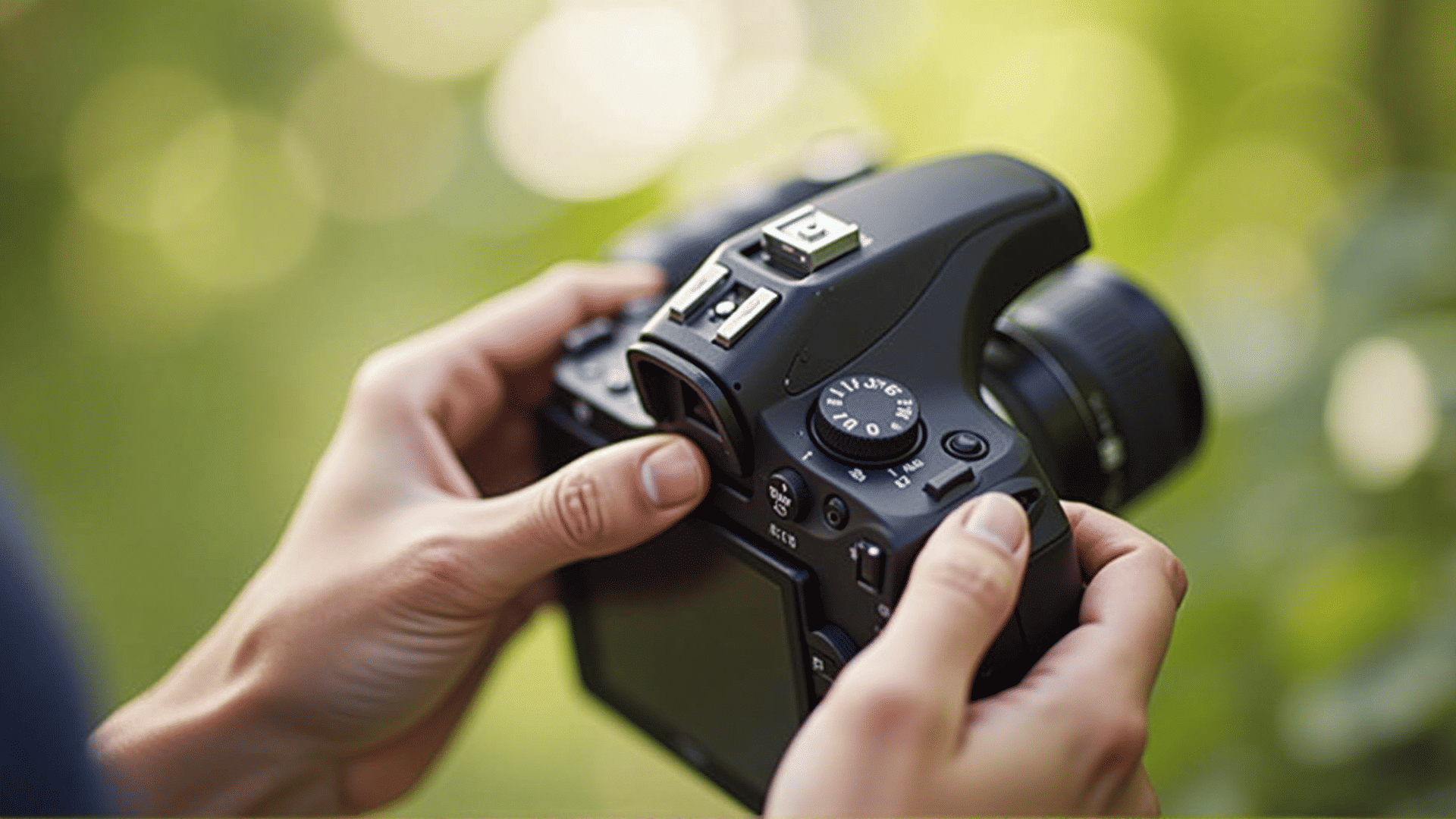Understanding the basics of handling cameras opens up a world of creativity and allows anyone to capture remarkable images. Whether using a digital type or a classic film model, mastering essential aspects can significantly enhance the experience and the resulting captures.
Understanding Your Device
Getting acquainted with your device is the first step towards capturing great images. This involves familiarizing yourself with its parts, such as the lens, viewfinder, and buttons. A thorough read of the included manual can provide invaluable insights into its functions and features. Understanding its capability helps significantly in making optimal use of settings and features.
Decoding the Settings
-
Aperture: Represented by 'f' numbers, this controls how much light enters through the lens. A lower number means more light and a brighter image, while a higher number allows less light, resulting in a darker picture. Playing with aperture settings is essential for depth-of-field adjustments.
-
Shutter Speed: This setting dictates how long the shutter remains open when you capture an image. A fast shutter speed freezes action, ideal for fast-moving subjects. Conversely, a slow speed can introduce motion blur, perfect for creating artistic effects.
-
ISO Sensitivity: This determines how sensitive your device is to light. A lower value is suitable for bright conditions, while a higher value is better for low-light scenarios. Balancing ISO with aperture and shutter speed is critical for well-exposed images.
-
White Balance: This adjusts colors to appear natural in different lighting conditions. Understanding preset options like daylight, cloudy, and tungsten can help reproduce accurate colors.
Composing Perfect Shots
Good composition is key to creating captivating images. Here are some basic rules to follow:
-
Rule of Thirds: Imagine dividing your frame into nine equal sections using two horizontal and two vertical lines. Placing key elements along these lines or at their intersections often results in more balanced compositions.
-
Leading Lines: Utilize natural lines within a scene to lead viewers' eyes towards the focal point of the image. Roads, rivers, and fences are excellent examples of leading lines.
-
Framing: Surrounding a subject with elements from the environment can bring focus and context, adding depth to an image.
Capturing the Moment
Being ready to capture unexpected moments is as important as technical knowledge. This includes keeping your device charged, having ample storage, and maintaining a general awareness of your environment to anticipate interesting scenes.
Continuous Learning
Capturing great images is both an art and a science. Continuous experimentation and learning are encouraged to refine skills and discover new techniques. Engaging with online communities, attending workshops, and studying the work of others can provide inspiration and knowledge.
Mastering the foundational aspects of using these devices and understanding settings not only increases technical proficiency but also fosters creative growth. With practice and persistence, anyone can wield their camera to capture stunning images that tell a story or spark emotion.
